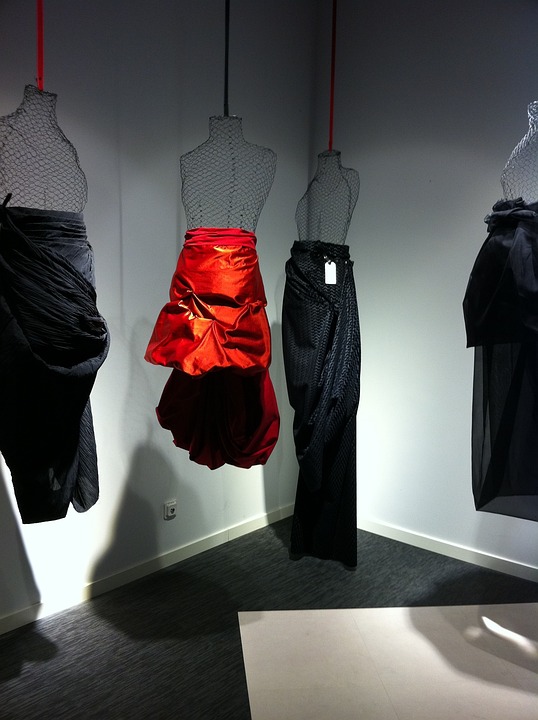Breaking Stereotypes: Diversity and Inclusivity in the Fashion Industry
In recent years, the fashion industry has taken great strides towards becoming more diverse and inclusive. While there is still work to be done, many brands and designers are beginning to challenge the traditional stereotypes that have long been associated with the industry. This shift towards diversity and inclusivity has not only been welcomed by consumers, but has also sparked conversations about representation and empowerment within the fashion world.
The Impact of Diversity in Fashion
Diversity in the fashion industry goes beyond just showcasing models of different races and ethnicities. It also includes representing people of all sizes, ages, genders, and abilities. By showcasing a wider range of individuals in campaigns and on the runway, brands are able to connect with a larger audience and reflect the world we live in. This is not only empowering for consumers who see themselves represented, but also for the models who have long been excluded from the industry.
One of the key benefits of diversity in fashion is the ability to challenge stereotypes and break down barriers. By featuring models with disabilities, for example, brands are able to show that beauty comes in all forms. By showcasing older models, brands are able to challenge the notion that youth equals beauty. These representations not only open up opportunities for those who have been marginalized in the past, but also help to change societal perceptions of beauty and worth.
The Role of Inclusivity in Fashion
Inclusivity in the fashion industry means not only representing a diverse range of individuals, but also making sure that everyone is able to participate in and enjoy fashion. This includes creating clothing that is accessible to people of all sizes and abilities, as well as making sure that fashion events and spaces are welcoming to everyone. By making inclusivity a priority, brands are able to create a more positive and empowering experience for consumers.
One area where inclusivity has made a significant impact is in the realm of sustainable fashion. By creating clothing that is ethically made and environmentally friendly, brands are able to attract consumers who care about both social and environmental issues. By making sustainable fashion inclusive and accessible to a wider range of individuals, brands are able to make a positive impact on both people and the planet.
Challenges and Opportunities for Change
While progress has been made in the fashion industry towards diversity and inclusivity, there are still many challenges that need to be addressed. One of the biggest challenges is overcoming the long-held stereotypes and biases that have informed the industry for so long. By challenging these stereotypes and pushing for change, brands and designers can help to create a more inclusive and empowering fashion industry.
Another challenge is ensuring that diversity and inclusivity are more than just trends or buzzwords. Brands must make a commitment to diversity and inclusivity that goes beyond just marketing campaigns or one-off initiatives. This means hiring diverse talent, listening to the voices of marginalized communities, and creating a culture of inclusivity within the industry.
However, there are also many opportunities for change within the fashion industry. By continuing to push for diversity and inclusivity, brands have the chance to connect with a wider range of consumers and make a positive impact on society. By challenging stereotypes and breaking down barriers, brands can create a more inclusive and empowering industry that celebrates the beauty and diversity of all people.
The Future of Diversity and Inclusivity in Fashion
As the fashion industry continues to evolve, diversity and inclusivity are likely to become even more important. Brands that prioritize diversity and inclusivity will be able to connect with a larger audience and create a more positive and empowering experience for consumers. By challenging stereotypes and breaking down barriers, brands have the opportunity to create a more inclusive and diverse industry that celebrates the beauty and worth of all individuals.
In conclusion, diversity and inclusivity are essential for creating a more positive and empowering fashion industry. By challenging stereotypes, breaking down barriers, and creating a culture of inclusivity, brands have the opportunity to make a lasting impact on society. As the industry continues to evolve, it is essential that brands prioritize diversity and inclusivity in order to create a more inclusive and empowering future for fashion.
